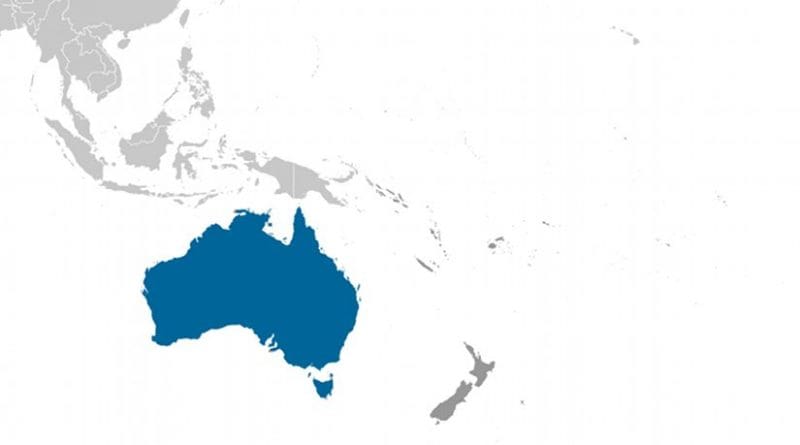Land Rights In Australia: The Mabo Case Twenty Years On – OpEd
The destruction of ideas, suggested the British aphorist Geoffrey Madan, is much like the setting of a beautiful sunset. With the stoning of the terra nullius doctrine in the Mabo case of 1992 and the pronouncement that native title had survived colonial settlement in 1788, the Australian legal system was propelled into a post-colonial era. The sun had indeed set upon a doctrine. New legislation had to be drafted. Native title, it seemed, had survived like buried water in the bore of jurisprudence. It took the Mason-led High Court to reveal that. The decision was shattering to the establishment, and made the heckles of the conservative establishment visibly ugly.
The decision of June 3, 1992 validated the claims to native title by the Meriam people over the Murray Islands which are annexed to the state of Queensland. The applicants were not only told that a recognised system of land ownership pre-dated settlement but that land which had not had native title removed could count as theirs as long as they could prove a customary association with it. The federal Native Title Act 1993 was thereby introduced to provide some framework to assess these claims.
The High Court was subsequently assailed in various quarters for its activism. Sir Anthony Mason, then Chief Justice of the High Court, ‘foresaw that the judgment would be controversial but as often happens you don’t actually foresee the extent of the controversy’ (ABC, Four Corners, May 10). Justice Brennan of the High Court was attacked as having the judicial discretion that had been watered by a ‘cleansing ale’ – and discussions with his Jesuit brother Father Frank Brennan, a long term advocate for indigenous rights.
The members of the Samuel Griffith Society huddled in monastic fervour, fearing the destabilising effects of such judicial enthusiasm. Visions of a vengeful dark Australia marching forth, and off, with land came in a rush. And those effects were profound – the creation, under the Keating government, of a system of Federal Native Title that was as controversial as it was moving.
Prime Minister Paul Keating’s language on the subject of native title in the Redfern speech six months after Mabo remain the most smouldering and searing. ‘It begins, I think with an act of recognition. Recognition that it as we who did the dispossessing. We took the traditional lands and smashed the traditional way of life. We brought the diseases and alcohol. We committed the murders. We took the children from their mothers. We practised discrimination and exclusion.’
A very loud conservative reaction lay in the separatism the decision potentially encouraged. It flew in the face of integration and national solidarity. A ‘happy’ Australia was suddenly creased with doubt. Justice Enfield of the Federal Court, in July 1993, rebuked such characters as Hugh Morgan of the Western Mining Corporation for language that stirred racial hatred. Morgan had spoken of that ‘naïve adventurism’ in the court that had failed to protect property. The assimilation project, it seems, had not only assumed the mantle of a mantra, it looked like it was being undermined by judicial indiscretion.
The miners and pastoralists feared that their entitlements to land were about to end. Former Western Australian Premier Richard Court was particularly aggrieved – given that seven percent of the state was freehold, the rest of the land might well be up for claims. Many demanded that the states be allowed to regulate the issue and ultimately extinguish native title altogether. The land managers were desperate to move in and clean up. The commonwealth baulked at the suggestion.
Western Australia subsequently attempted an act of extinguishment on its own accord. The act was challenged in the High Court and found wanting against the Commonwealth Racial Discrimination Act. The outraged premier considered it an ‘insult’ that the state act could be deemed racially discriminatory at all.
The legacy of Mabo today reveals no avalanche of land claims. Many, in any case, have failed. The infamous attempt in 1993 on the part of the Wiradjuri people to claim a third of New South Wales came to nought. This does little to stop such minor publishing outfits as ‘Australian News Commentary’ to feature articles on ‘the great land give-away’ (Sep 22, 2003), and the fears that non-Indigenous Australians are themselves going to be ‘dispossessed’. The ‘megalomaniac at the desk’ as former opposition John Hewson accused Keating of being, succeeded in pushing what had, a few months before, seemed an impossible notion. The question now remains how far the Mabo legacy has come and where on the rough road to reconciliation it features on. For indigenous Australians, the answer is simply not far enough. That in itself hardly undermines the stellar legacy of one of Australia’s most remarkable acts of judicial involvement, which placed reconciliation on the agenda in the first place.

